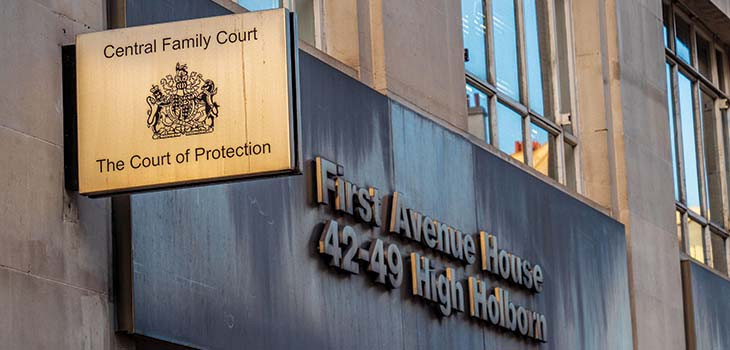
- In Part 1 of our update (NLJ, 25 November 2022, p9–10), we considered recent cases dealing with case management issues arising with regards to fact-finding hearings.
- In this article (Part 2) we will consider cases dealing with specific issues identified within recent fact-finding hearings—namely the use of intimate images, publication of findings made, and disclosure of evidence within fact-finding hearings.
The judgment of Mrs Justice Knowles in Re M (a child) (private law children proceedings: case management: intimate images); K v L and another [2022] EWHC 986 (Fam), [2022] All ER (D) 73 (May) addressed numerous case management issues, prior to the rehearing of a fact-finding hearing, within proceedings concerning a girl aged three years.
The judgment is very detailed and deals with a number of issues, including participation directions, cross-examination and transcripts. However, the following is a summary of the guidance provided on









